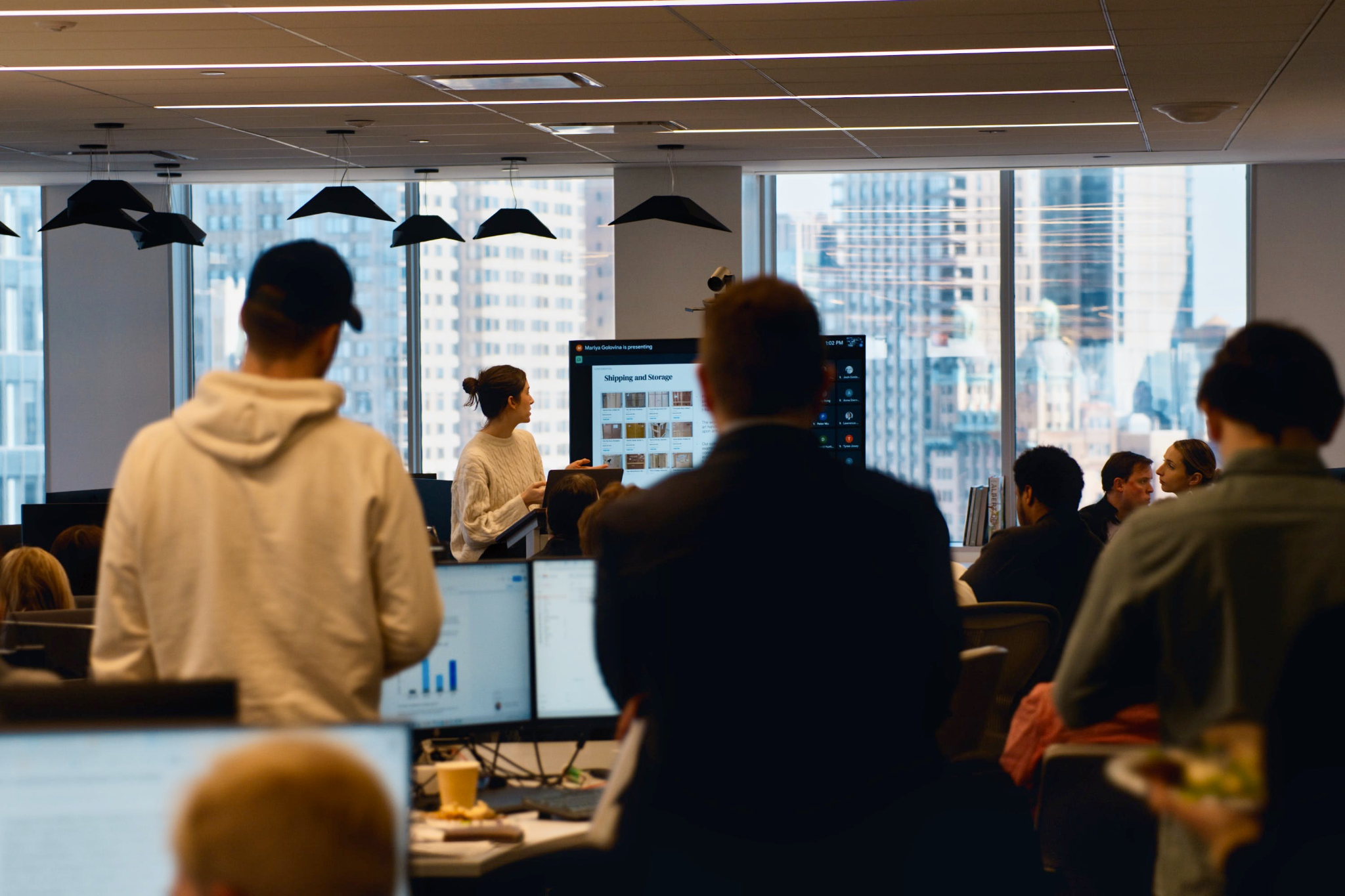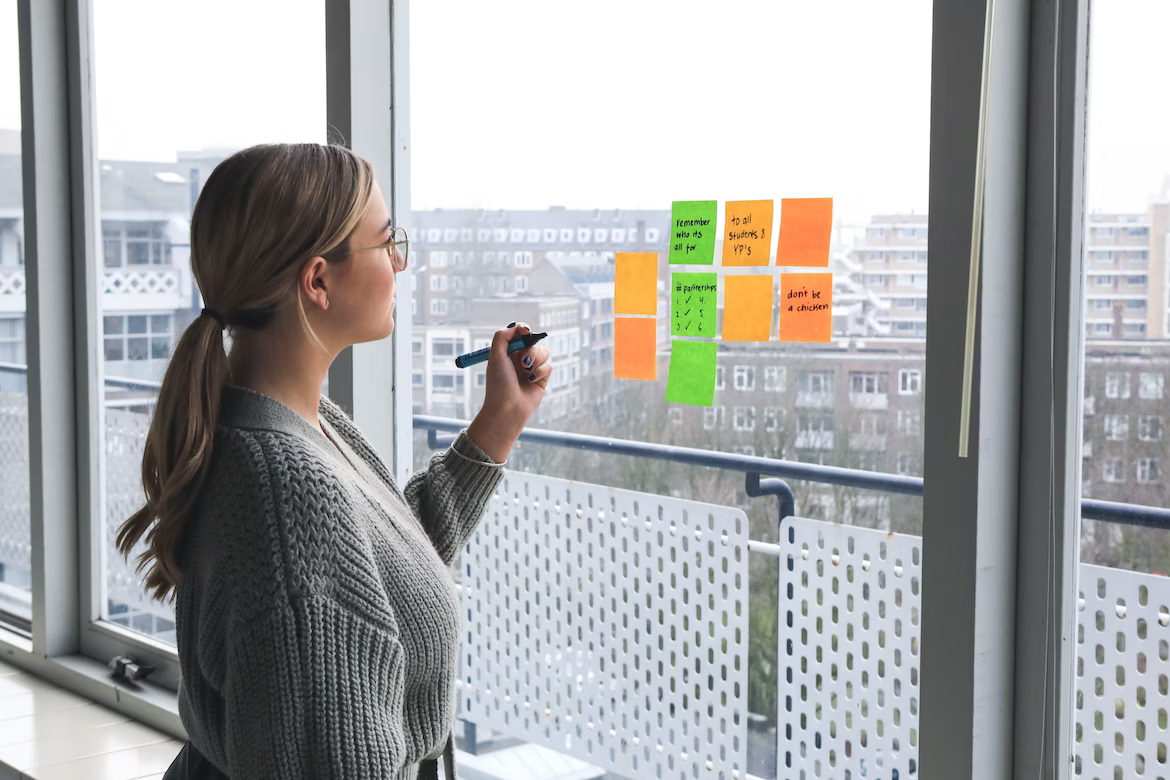In just a few short years, a platform called Masterworks has made huge waves in the art investment world. Founded in 2017, the startup allows everyday investors to buy shares of iconic multimillion-dollar paintings. This has helped democratize an industry that was previously only accessible to the ultra-wealthy.
Before Masterworks came along, the process of investing in fine art seemed out of reach for most people. Let’s be honest – how many people have millions available to drop on a Basquiat? And even if you do, the overhead costs, storage fees, insurance, and hassles involved with directly owning an artwork might make you see it as not worth the headache.
But now, Masterworks has disrupted this exclusive market and opened the door for retail investors. Their fractional ownership model lets folks invest in blue-chip art starting at just $20 per share. And they handle all the complexities of prospecting, research, storage, maintenance, insurance, and resales behind the scenes.
This innovative approach has enabled them to acquire over one hundred high-value paintings so far, with total assets exceeding $850 million. With over 780,000 users signed up, it’s clear Masterworks has struck a chord and filled a need for accessible art investing.
Okay, now that we’ve covered the Masterworks backstory, let’s get into how this startup has managed to achieve and maintain its amazing success by uniting a team of 200 finance, art, and data experts.
Keeping the Vision Alive
As the old adage has it, too many cooks in the kitchen can spoil the broth. Well, Masterworks is expanding its team cookbook fast, and yet, they manage to keep everyone working towards the same objective, making art investable. So, how do they do this?
First things first, it’s important to acknowledge that Masterworks takes a unique approach by requiring all employees to work daily in their New York office, unlike many remote-first startups.
Having everyone together daily enables organic relationships and innovation. As Jordan Goldstein, Head of Talent Acquisition, tells it, “We all work in person every day, so we are a pretty tight-knit group. I’d say everyone is friends inside and outside of the office.” This personal cohesion retains startup energy amidst growth.
The face-to-face environment facilitates flat, accessible leadership and team camaraderie, Goldstein asserts. Senior managers collaborate alongside junior employees as player-coaches, and the leadership team actively participates in the trenches, unafraid to get their hands dirty.
Recruiting Top Talent
To keep growing, Masterworks needs to find top talent who vibe with their mission. They want passionate art aficionados who live and breathe the fine art world, data scientists who get excited about crunching numbers to optimize investments, and tech gurus who can build cutting-edge platforms.
To bring in the top talent, Masterworks offers a wide array of perks and compensatory benefits. We’re talking competitive salaries, stock options, full benefits, the whole enchilada.
Plus, being part of a startup trying to shake up a traditionally stuffy industry is intriguing to many. Who doesn’t love a good disruptor?
Cross-Functional Collaboration
With art specialists, data analysts, engineers, and more, they’ve got a diverse skill set on deck.
But it’s not siloed – there’s plenty of cross-functional collaboration. The art experts explain important nuances of multimillion-dollar paintings to the data team. The tech team shows engineers how algorithms can predict which artworks have the best investment potential.
It’s a cross-pollination of ideas and expertise across departments. Being together in-person and through team activities makes this organic knowledge-sharing easier.
Rising Through the Ranks
Masterworks takes employee growth seriously – they want people to climb their internal ladder into more prominent roles. In fact, Goldstein says that a third of managers actually started as individual contributors, which is relatively unheard of for fast-moving startups.
Usually, it’s all about hiring external bigwigs instead of developing talent within. However, letting ambitious team members rise through the ranks keeps motivation sky-high. Employees feel invested in the mission, because they know hard work can lead to more responsibility.
Goldstein herself went from intern to head of recruitment. Stories like that keep the team pumped to crush goals together. When people see a path to gain more influence, they stay engaged. Masterworks’ meritocracy means hungry young talents can grasp the next ladder rung. And that unified culture propels the company forward.
Looking Ahead
Masterworks has shown they have the vision, team, and momentum to keep pushing boundaries in the fine art investment space. But with rapid growth comes new challenges that will test their abilities.
As their user base expands into the millions, they’ll need to scale operations and infrastructure without compromising quality and customer experience. New relationships with industry intermediaries will need to be negotiated as they increase their artwork collections. Regulatory requirements will evolve as their disruptive model gains traction.
Most importantly, they’ll need to maintain the tight-knit culture even as more departments and roles are added. Remote work flexibility may help hire the best talent, but in-person collaboration still appears crucial to their success so far. The executive team will be challenged to keep instilling camaraderie and unified vision even as rapid growth necessitates adding hierarchical layers to the leadership structure.
If any group seems up to these tasks though, it’s the passionate crew at Masterworks. Their willingness to merge art, data, and tech gives them an innovative edge. It will be exciting to see how they write the next chapters in their journey to open fine art investing to all. The possibilities seem endless.
















